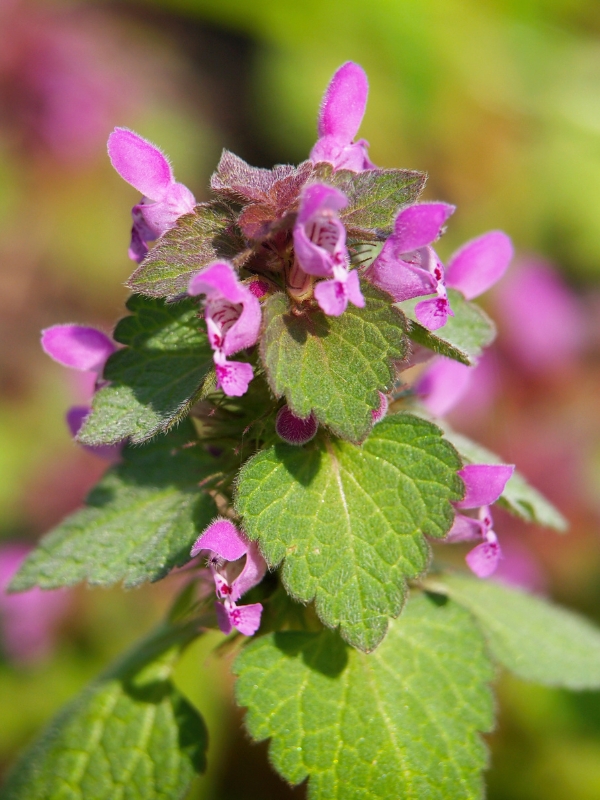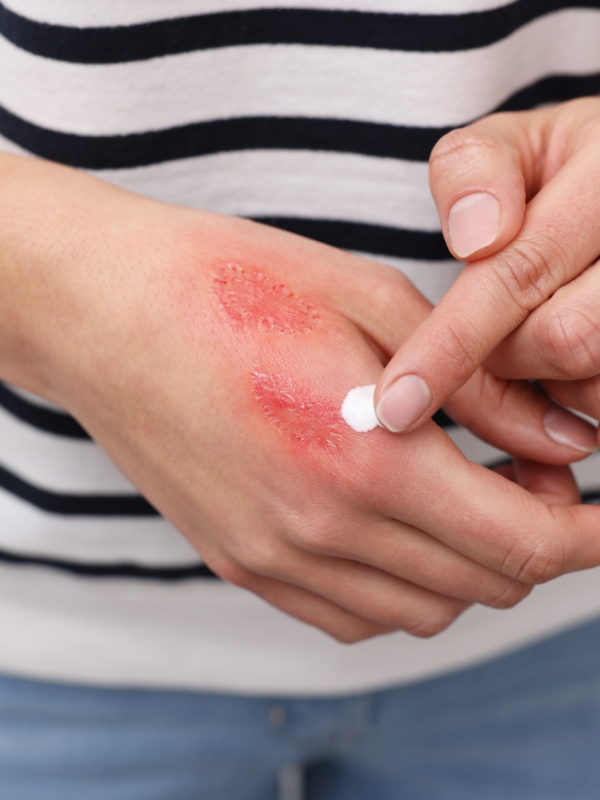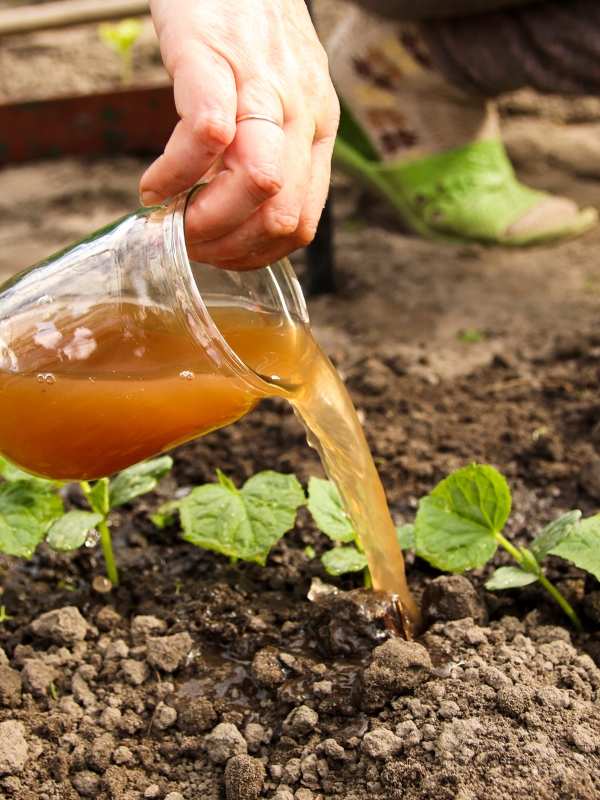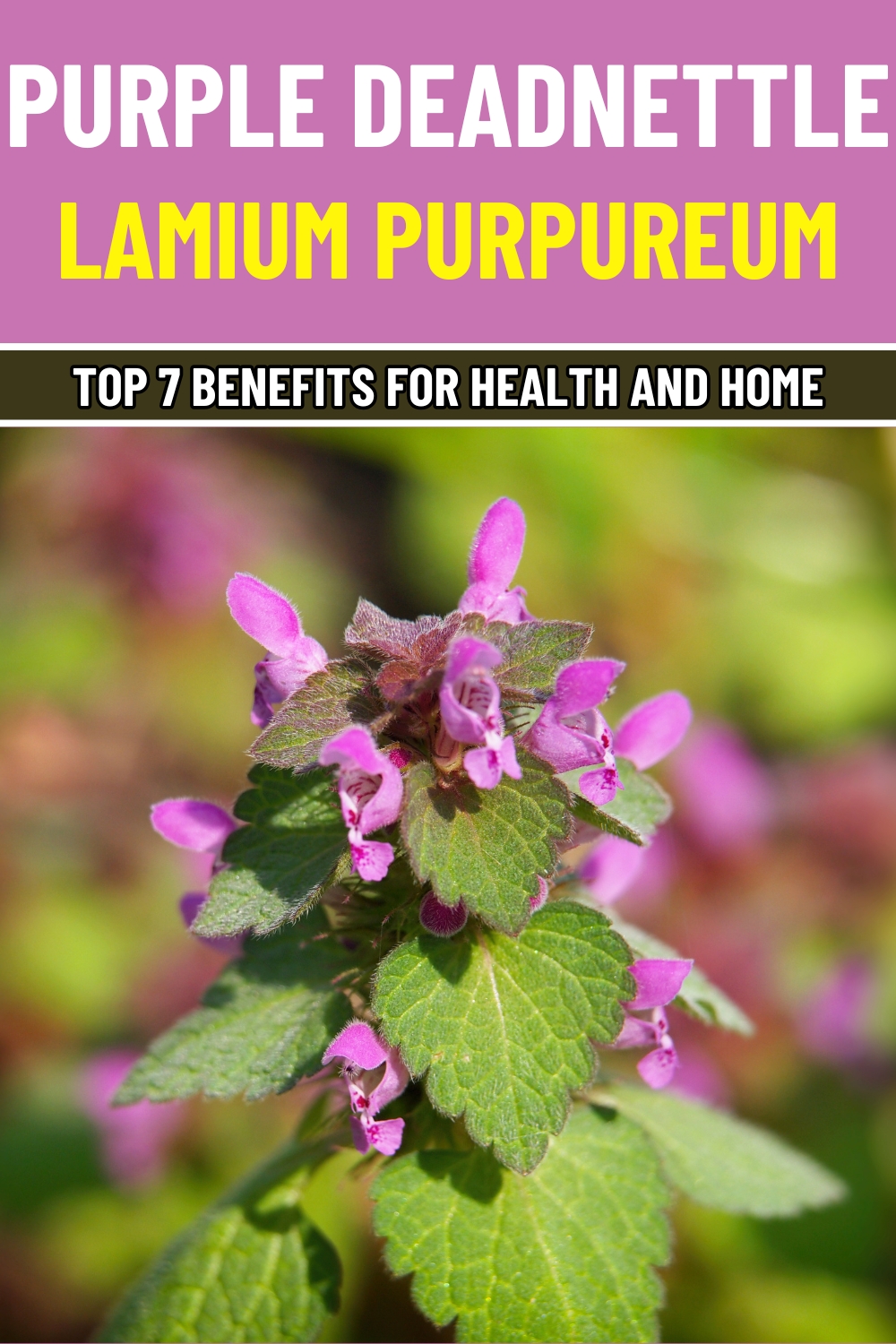Often dismissed as a pesky weed, Purple Deadnettle (Lamium purpureum) is a remarkable plant with a wealth of benefits.
From its ability to boost immunity and reduce inflammation to supporting pollinators and enriching the soil, this member of the mint family is a true all-rounder.
Recognized by its purple-tinted leaves and small pink flowers, Purple Deadnettle is rich in vitamins, minerals, and antioxidants. Let’s uncover the many benefits of Purple Deadnettle and how to use it practically.
#1. Boosts Immune Health
Purple Deadnettle is packed with antioxidants like flavonoids and vitamin C, which help strengthen the immune system and combat oxidative stress. These compounds protect the body from infections and support overall wellness.
A 2018 study published in Frontiers in Immunology confirmed the immune-boosting effects of flavonoids, particularly in reducing inflammation and enhancing immune response.
100 grams of Purple Deadnettle contains approximately 13 mg of vitamin C, which supports white blood cell activity.

#2. Reduces Inflammation
The plant’s bioactive compounds, including tannins and essential oils, have natural anti-inflammatory properties. These compounds help reduce swelling and alleviate joint pain and arthritis symptoms.
Research in Phytotherapy Research highlights the anti-inflammatory potential of Lamium species, making them effective for managing chronic inflammation.
#3. Supports Skin Healing
Purple Deadnettle has long been used as a poultice for minor wounds, cuts, and burns. Its antimicrobial and anti-inflammatory properties accelerate healing while soothing irritated skin.
Fresh leaves can be crushed and applied directly to wounds for relief and faster recovery.

#4. Acts as a Natural Antihistamine
This plant is a natural remedy for seasonal allergies, helping to alleviate symptoms like sneezing, itching, and nasal congestion. Its anti-inflammatory properties reduce histamine response in the body.
Drinking Purple Deadnettle tea during allergy season can provide relief without side effects.
#5. Promotes Digestive Health
Rich in dietary fiber, Purple Deadnettle supports healthy digestion and prevents bloating. Its mild diuretic properties help flush out toxins from the digestive tract.
Fiber promotes gut health by feeding beneficial bacteria, as confirmed by a 2020 study in Nature Reviews Gastroenterology & Hepatology.

#6. Attracts Pollinators
The plant’s small pink flowers are a rich source of nectar, making them a favorite for bees and butterflies.
By supporting pollinators, Purple Deadnettle contributes to biodiversity and healthy ecosystems.
#7. Acts as a Natural Fertilizer
When used as mulch or compost, Purple Deadnettle enriches soil with organic matter and nutrients, supporting healthy plant growth.
You can add the plant to your compost pile or use it as a green mulch for your garden beds.

How to Use Purple Deadnettle
- Herbal tea: To make a nutrient-rich tea, dry Purple Deadnettle leaves and flowers. Steep 1 teaspoon of dried plant material in a cup of hot water for 5–7 minutes. Strain and enjoy. This tea can boost immunity, reduce inflammation, and relieve allergy symptoms.
- Poultice for skin healing: To soothe burns, rashes, or wounds, mash fresh Purple Deadnettle leaves into a paste. Apply the paste directly to the affected area and secure it with a clean bandage. Replace every few hours for optimal healing.
- Infused oil: Create an oil infusion by steeping dried Purple Deadnettle in carrier oil like olive oil for 4–6 weeks. Use the infused oil to treat dry skin, minor wounds, or irritation.
- Salad ingredient: Young, tender leaves of Purple Deadnettle can be added to salads for a nutrient boost. Their slightly earthy flavor pairs well with other fresh greens.
- Compost enhancer: Add the whole plant to your compost pile to enrich the soil with organic matter and nutrients.

Cautions and Precautions
Purple Deadnettle can be mistaken for similar plants like henbit (Lamium amplexicaule) or stinging nettle (Urtica dioica). While not harmful, these plants have different properties.
Excessive consumption may cause digestive upset due to its fiber content.
Pregnant or nursing individuals and those with allergies should consult a healthcare provider before using Purple Deadnettle.
Disclaimer
This article is for informational purposes only and does not replace professional medical advice.
Always consult a qualified herbalist, botanist, or healthcare provider before using wild plants for health purposes.

7 Incredible Benefits of Purple Deadnettle for Health and Home
